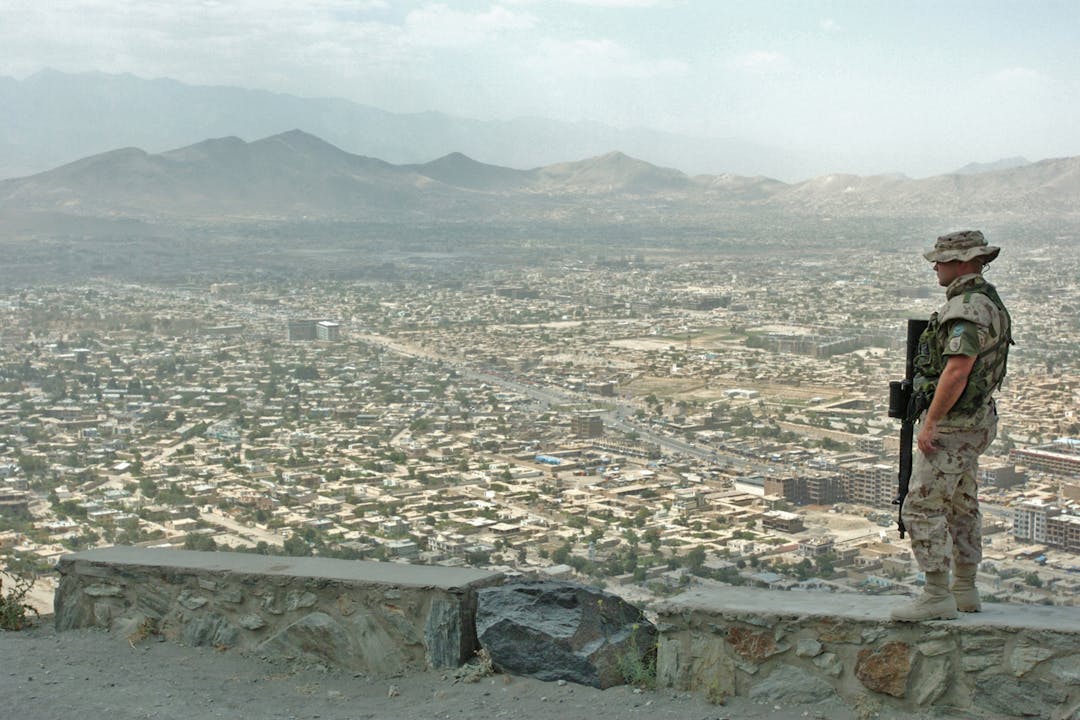National Monument to Canada’s Mission in Afghanistan
Consultation has concluded

Canada joined the United Nations-mandated mission in Afghanistan in October 2001 and continued to support the multinational military efforts there until March 2014. More than 40,000 Canadian women and men in uniform—as well as hundreds of civilians and government officials—served in Afghanistan. Many Canadians died as a result of their service in Afghanistan, including Canadian Armed Forces members, a diplomat, foreign aid workers, a government contractor and a journalist. Thousands of Canadian Armed Forces members were also injured—physically and psychologically—during the mission.
The National Monument to Canada's Mission in Afghanistan will recognize the commitment and sacrifice of Canadians who served in Afghanistan, and the support provided to them by Canadians at home.
Consulting with Canadians
We thank all those who participated in the consultations about design considerations for the National Monument to Canada’s Mission in Afghanistan.
Two-phase consultations
In January and February 2020, VAC gathered feedback from stakeholders, including the Canadian public, on design considerations for the Monument. Consultations sought input on three key components of the Monument’s design: the monument objectives, visitor experience and form and character.
Consultations took place in two phases: online and in-person consultations. In January, an online consultation hosted by PubliVate was launched to engage a broad audience of key stakeholders and Canadians, through sustained social media on Facebook, Twitter and Instagram, and targeted outreach to key audiences:
- Federal government departments whose staff participated in the whole-of-government mission;
- VAC Ministerial Commemoration Advisory Group;
- VAC Stakeholder Network (65 organizations);
- Canadian Armed Forces members;
- Families of the Fallen;
- Family members of Veterans of the Mission;
- VAC employees;
- Indigenous stakeholders, (i.e., Aboriginal Veterans Autochtones); and
- the 100,000 users of My VAC Account, who include Veterans, CAF and RCMP members, and their family members.
The online consultation resulted in 4,056 responses from across the country with significant participation from key stakeholder groups (e.g., Veterans and family members).
Two in-person consultation meetings were held in February 2020, facilitated by Delaney + Associates. At the first meeting, the 13 participants represented the VAC Ministerial Commemoration Advisory Group as well as representatives from organizations that took part in the whole-of-government mission. The 12 participants in the second meeting represented the Algonquin of Pikwàkanagàn First Nation and the Algonquin of Kitigan Zibi Anishinaabe First Nation on whose traditional territory the Monument will be located.
What we heard
The feedback received through the online and in-person consultation has helped inform the Monument design guidelines, which will guide future design teams in developing their concepts. Here’s an overview of the findings:
- A clear consensus that the raison-d’être of the Monument should be to express Canada’s deep gratitude for the sacrifices made by Canadians who served in Afghanistan.
- In terms of visitor experience, the findings show almost equal support for the Monument to serve as a place for personal reflection and contemplation and as an educational tool that inspires visitors of all ages to learn more about the Mission.
- The three options for the form and character for the Monument ranked closely. The preferred option was a Monument as an ensemble of components that encourages movement through the monument site. An impressive monument set in an open space ranked next, while a human-scale monument set in a more intimate environment ranked third.
- Many respondents (37%) provided feedback in the open-ended question section. The most common theme reflected was that “sacrifice” should be a focus of the Monument. This included sacrifices made by those serving in Afghanistan, as well as sacrifices made by family members and others who stayed home. There was also a call for the Monument to honour all those who served in Afghanistan, including non-CAF members.